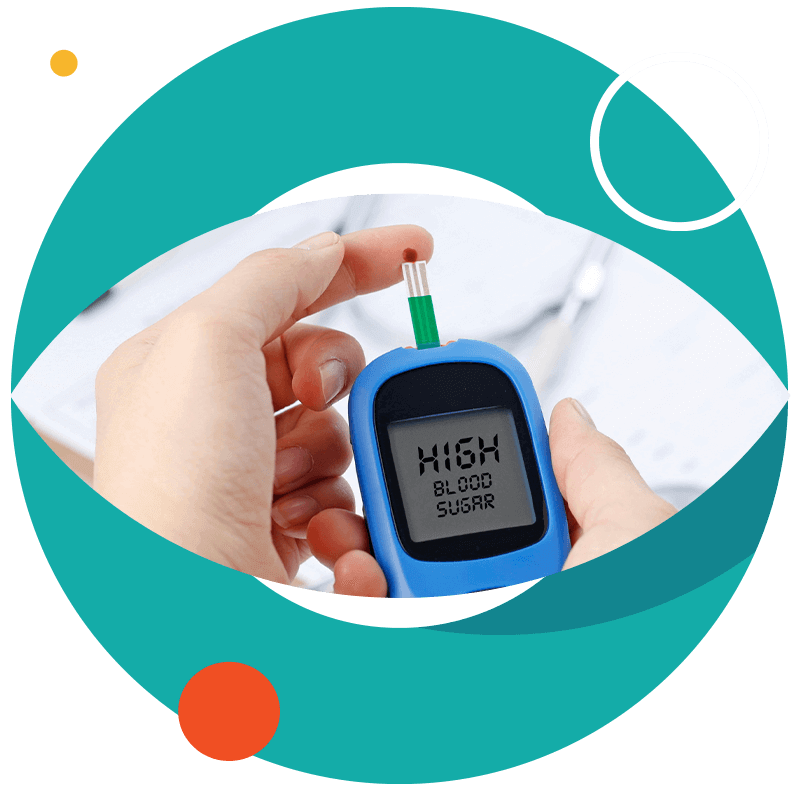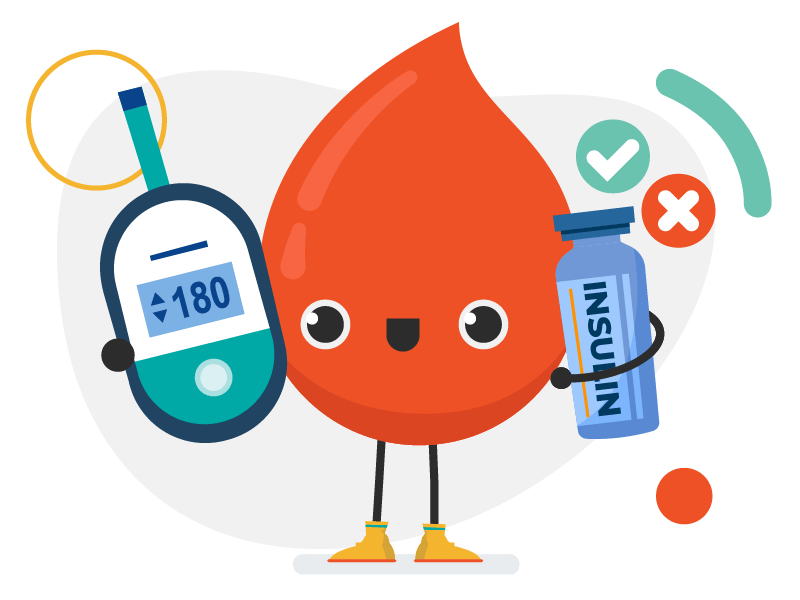There are different kinds of diabetes, but the two main categories are known as type 1 and type 2 diabetes.
Type 1: This is an autoimmune disease most commonly found in children or adolescents and is around 5-10% of diabetic cases. In type 1, the pancreas either has very little or no insulin at all, and therefore an outside source of insulin is required with daily injections.
Type 2: This accounts for approximately 90% of cases of diabetes and it occurs when the body does not produce or use insulin properly. It is more commonly found in adults above age 40 and occurs as a result of lifestyle and genetic factors. It is associated with inactive lifestyles and obesity.
There are two other kinds of diabetes which can be reversible. One is known as prediabetes which means that there’s a risk of becoming diabetic because your blood sugar levels are high, but not excessive enough to be considered diabetes. There is also a type of diabetes that occurs during pregnancy which is called gestational diabetes and it can go away once the baby is delivered. Women who are diabetic and become pregnant are at risk of experiencing more severe harm to their eyes and so they are usually monitored by an eye doctor more frequently in order to prevent serious damage.
All types of diabetes can affect your eyes so if you are at risk for any type of this condition or if you’ve been diagnosed with this disease, please book an appointment with your eye doctor who will guide you.








